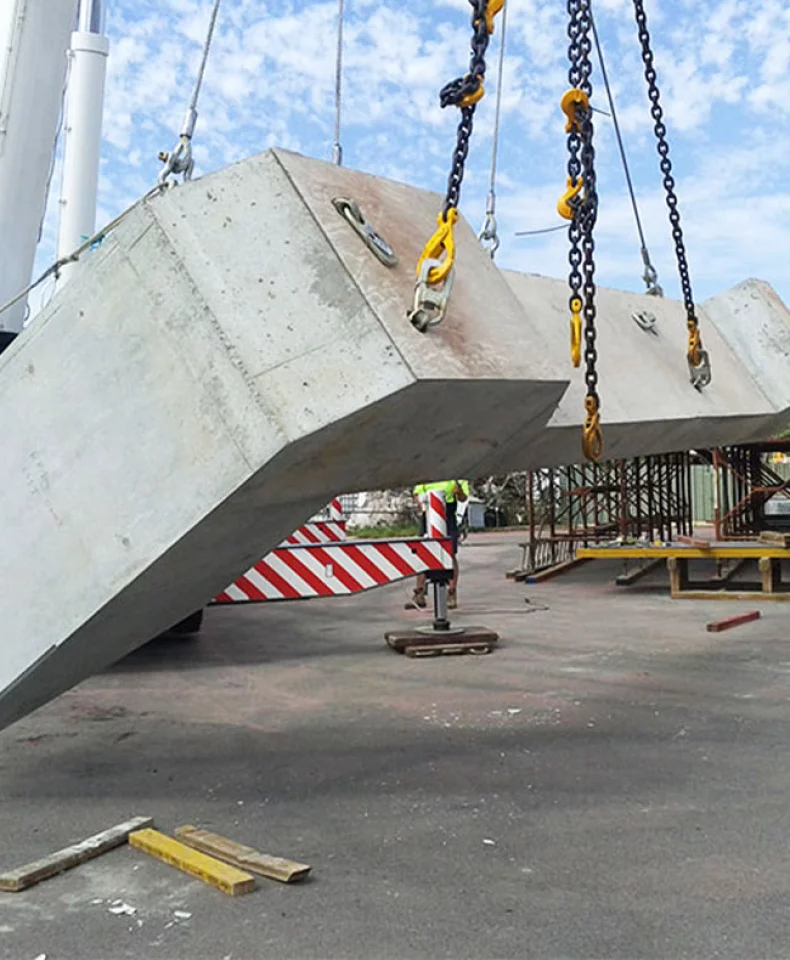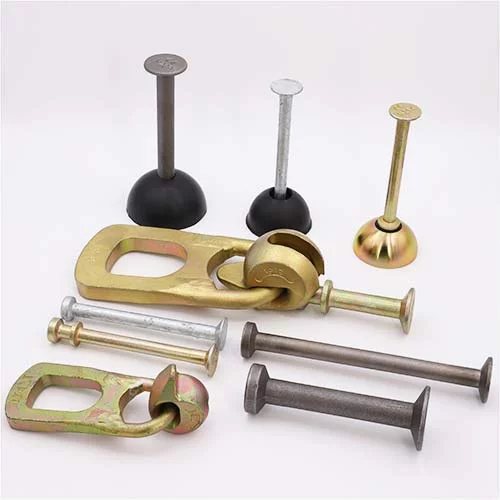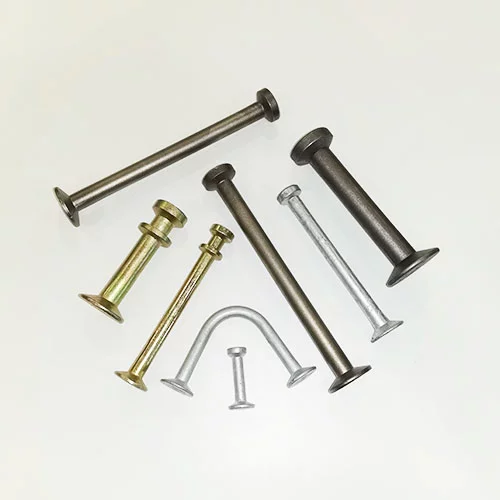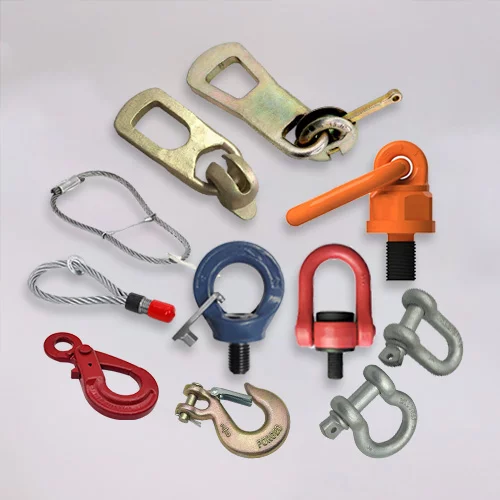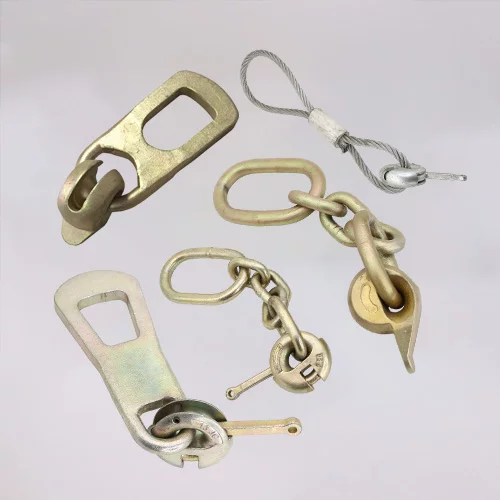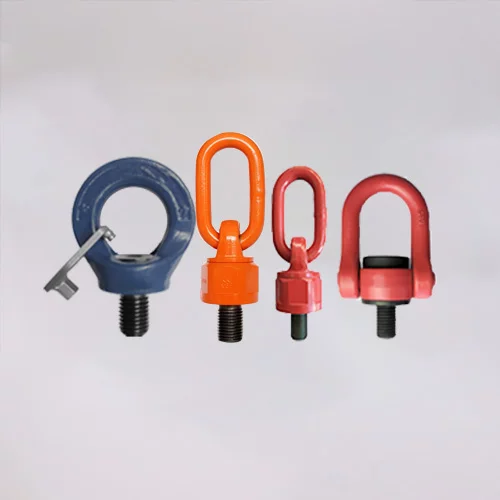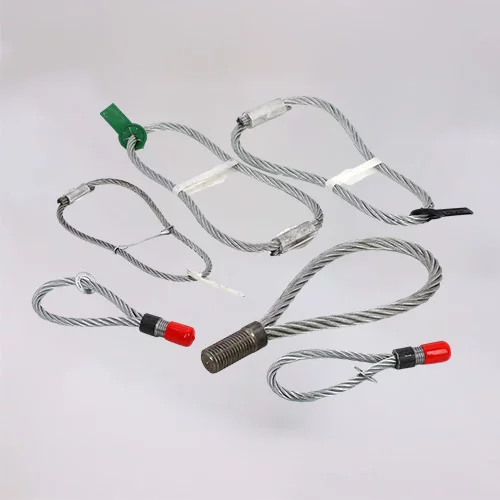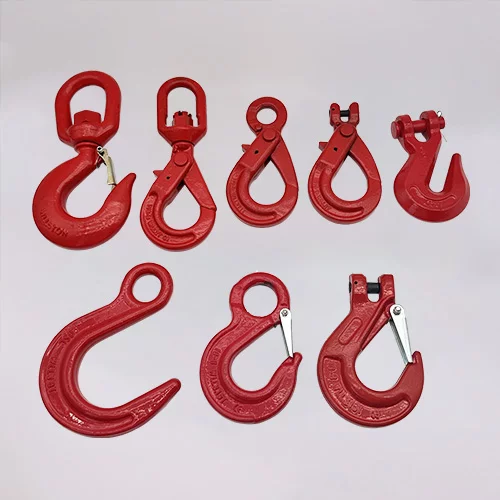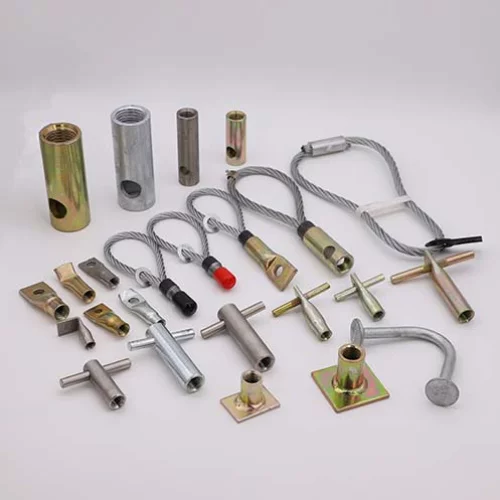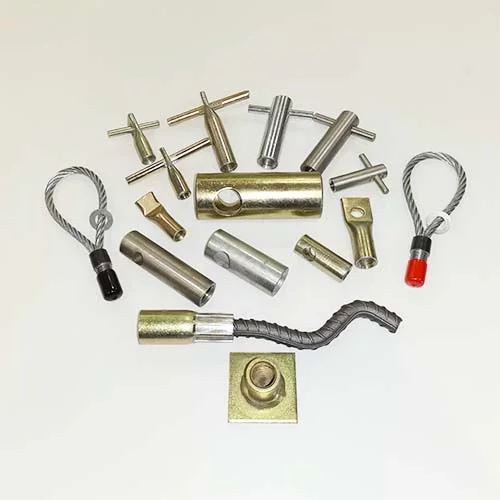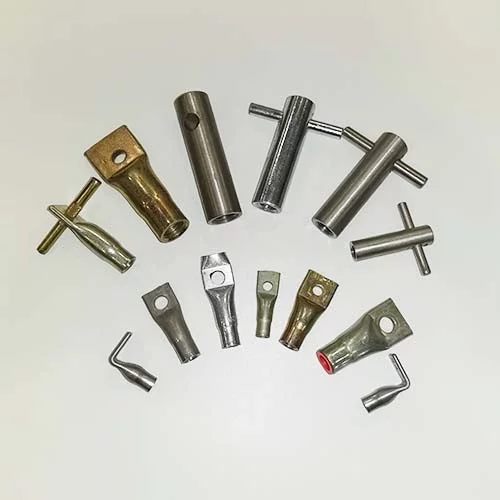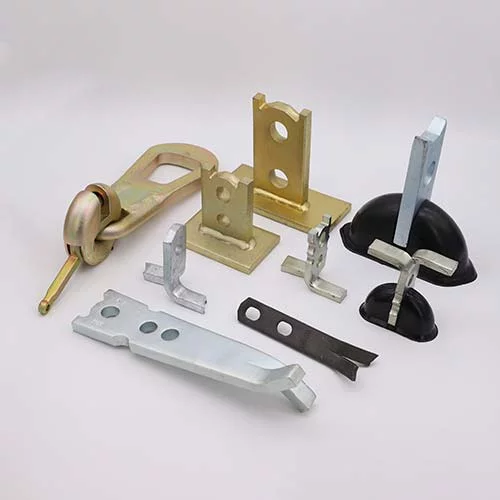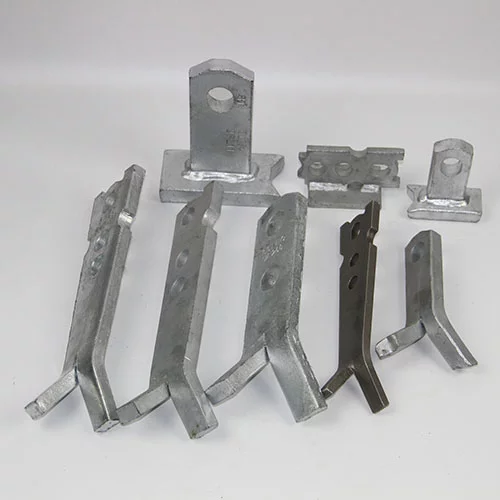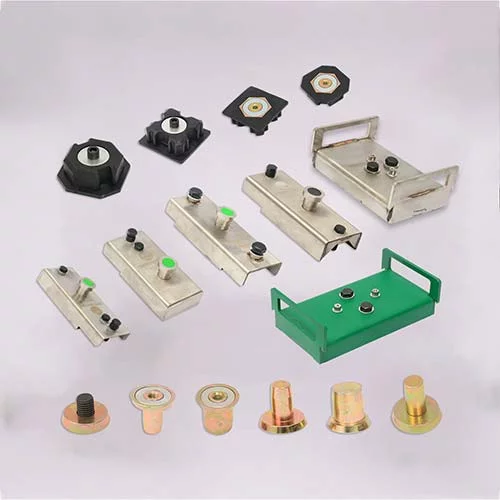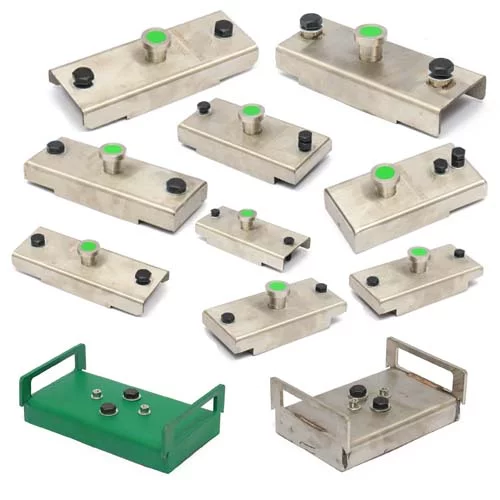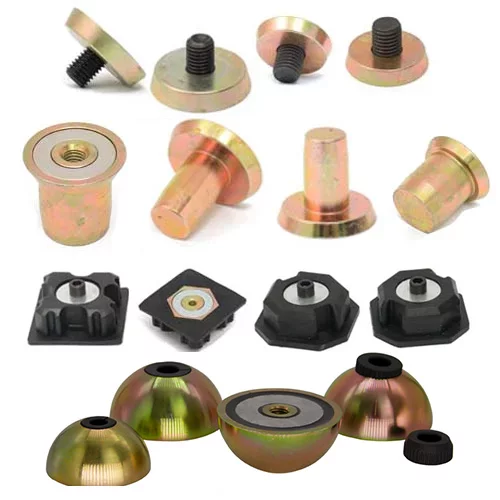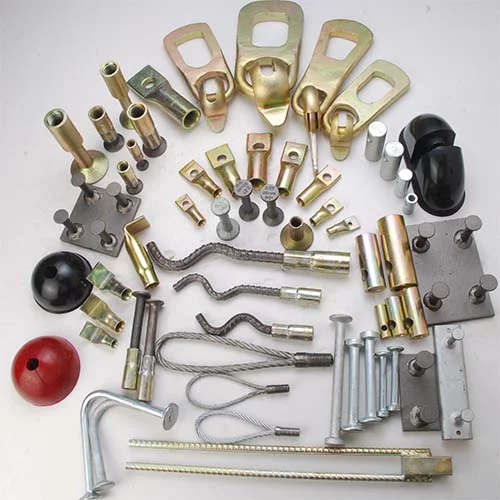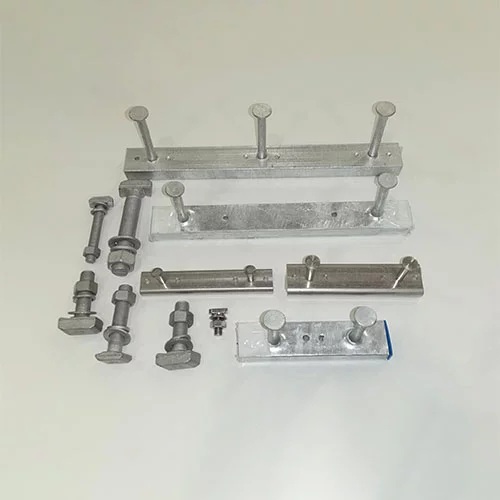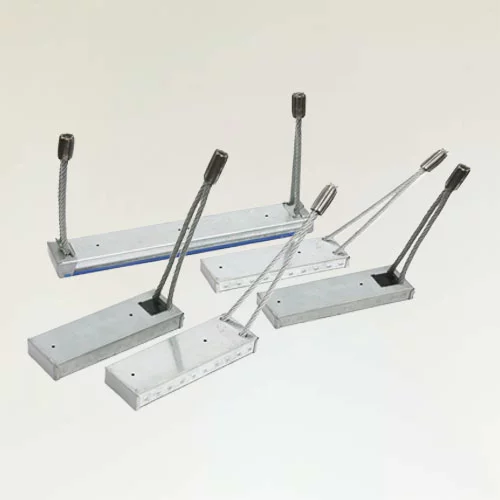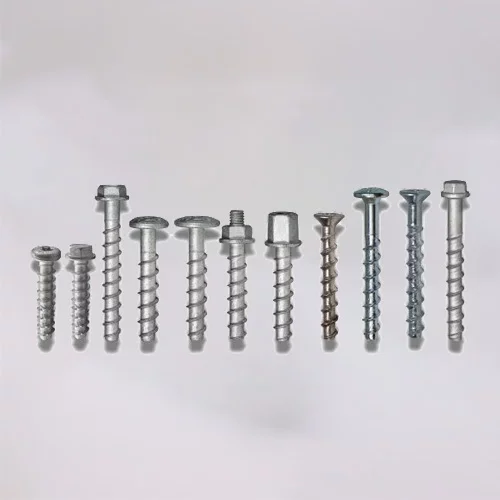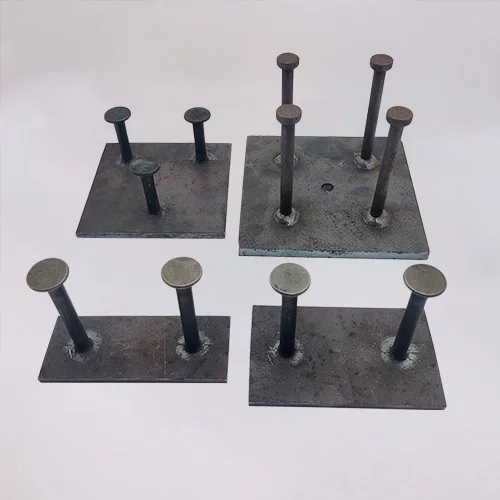An In-Depth Guide to Erection Anchors, Single-Hole Spread Anchors and Two-Hole Spread Anchors
Article Guidance:
I. Principles of Erection Anchors
II. Single-Hole Spread Anchors

In the realm of construction and structural engineering, the stability and integrity of any given structure are paramount. Erection anchors, and specifically, spread anchors, play a pivotal role in ensuring that structures can withstand the forces of nature and the test of time. These anchors are indispensable components that secure various elements, such as beams, columns, and heavy machinery, to the underlying concrete or masonry, providing a reliable and durable connection. In this comprehensive guide, we will explore the principles of erection anchors, with a particular focus on single-hole spread anchors and two-hole spread anchors, elucidating their design, installation, and application. Understanding these fundamental concepts is crucial for architects, engineers, and construction professionals alike, as they underpin the safety and longevity of constructed structures.
I. Principles of Erection Anchors
Erection anchors, often referred to simply as anchors, are mechanical devices designed to secure one component, typically a steel structure, to another, commonly a concrete or masonry foundation. They are an essential part of the construction process, providing stability and load-bearing capacity to ensure structural integrity. Erection anchors operate on the principle of load distribution, redirecting the applied force away from the fasteners, such as bolts, screws, or other connectors, and into the surrounding substrate. In essence, they distribute the load over a larger area, minimizing the risk of localized stress and preventing damage to the anchor or the structure itself.
The primary principles that underlie the functionality of erection anchors can be summarized as follows:
1. Load Transfer: Erection anchors effectively transfer loads from the attached component to the substrate, which is usually concrete or masonry. This load transfer is a fundamental concept in structural engineering, ensuring that the applied forces are evenly distributed, preventing overloading of individual anchor points.
2. Embedment Depth: The depth to which an anchor is embedded within the substrate is a critical factor. A sufficient embedment depth is necessary to resist the tensile and shear forces imposed on the anchor. The exact depth required depends on the type of anchor and the load it needs to support.
3. Material Compatibility: Anchors must be selected to match the material and condition of the substrate. This includes considerations for factors such as concrete strength, surface condition, and temperature variations. Compatibility ensures a strong and durable connection.
4. Expansion and Contraction: Anchors should accommodate thermal expansion and contraction of the connected components to prevent stress and damage. Proper allowances for these movements are essential in preventing structural failure.
5. Design and Capacity: Anchors must be designed to meet the specified load requirements. Engineering calculations are performed to determine the capacity of anchors, considering the type of anchor, its size, and the anticipated loads. Factors of safety are also applied to ensure the anchor can withstand unexpected loads.
II. Single-Hole Spread Anchors
Single-hole spread anchors, sometimes referred to as wedge anchors or expansion anchors, are a common type of erection anchor used to secure a wide range of structures, fixtures, and equipment to concrete or masonry substrates. These anchors are characterized by their simplicity and versatility, making them an essential component in many construction and industrial applications.
The key principles and characteristics of single-hole spread anchors include:
1. Wedge Effect: Single-hole spread anchors function by creating a wedge effect. This effect is achieved by expanding the anchor within the drilled hole as a tightening force is applied. The anchor's expansion is what locks it securely into the substrate, providing a strong and reliable connection.
2. Anchoring Depth: The depth of the drilled hole is a critical factor when using single-hole spread anchors. It must be deep enough to accommodate the anchor's expansion and ensure proper engagement with the substrate. The exact depth is determined by the manufacturer's specifications and engineering calculations.
3. Expansion Mechanism: Single-hole spread anchors come in various designs, but they typically feature a threaded stud or bolt with a cone-shaped end. When the nut is tightened on the bolt, it draws the cone deeper into the anchor body, causing the anchor to expand against the walls of the drilled hole.
4. Load Capacity: The load capacity of single-hole spread anchors depends on several factors, including the anchor's size, material, and the concrete or masonry substrate's strength. Engineering calculations are used to determine the appropriate anchor size and quantity required for a given application.
5. Installation Considerations: Proper installation is crucial for the effectiveness of single-hole spread anchors. Installers must ensure that the hole is clean and free from debris, and the anchor is correctly positioned and torqued to the manufacturer's specifications.
Single-hole spread anchors find application in a wide array of construction projects, from securing structural steel members to concrete foundations to fastening equipment and machinery to warehouse floors. Their simplicity and reliability make them a popular choice for many projects.
III. Two-Hole Spread Anchors
Two-hole spread anchors, also known as double-hole spread anchors, are a specialized type of erection anchor designed for increased load capacity and enhanced stability. These anchors offer unique advantages in specific applications where extreme loads or seismic considerations demand a higher level of safety and reliability.
The principles and characteristics of two-hole spread anchors are as follows:
1. Enhanced Load Capacity: Two-hole spread anchors are designed to distribute loads over a larger area compared to single-hole anchors. This design results in significantly higher load-bearing capacity, making them suitable for applications with heavy loads or dynamic forces, such as seismic activity.
2. Dual Anchor Points: Unlike single-hole spread anchors that rely on a single expansion mechanism, two-hole spread anchors feature two separate expansion mechanisms. This dual-anchor point design ensures redundancy and improved load distribution, reducing the risk of anchor failure.
3. Bolt Spacing: The distance between the two holes is a critical factor in two-hole spread anchor installation. It must be precise and in accordance with the manufacturer's specifications to ensure proper load distribution and load-sharing between the two anchors.
4. Reinforcement Considerations: In high-load applications, it is common to use reinforcement bars (rebar) or other structural enhancements to further improve the anchor's performance. These reinforcements help distribute the load evenly and prevent localized stress.
5. Seismic Applications: Two-hole spread anchors are often preferred in regions prone to seismic activity, where the ability to withstand lateral forces and dynamic loading is essential. The redundancy provided by the dual-anchor points is a significant advantage in seismic applications.
6. Installation Precision: The installation of two-hole spread anchors requires precision and expertise. The spacing between the holes, the depth of each hole, and the alignment of the anchors must be meticulously controlled to ensure optimal load distribution.
Two-hole spread anchors are commonly used in applications such as securing heavy machinery, critical infrastructure, and seismic retrofitting of existing structures. Their robust design and enhanced load capacity make them a preferred choice for projects that demand the highest level of reliability.
Erection anchors,single-hole spread anchors and two-hole spread anchors, are fundamental components in construction and structural engineering. They play a crucial role in ensuring the stability and integrity of structures by distributing loads and securing components to concrete and masonry substrates.
Understanding the principles and characteristics of these anchors is essential for architects, engineers, and construction professionals. Single-hole spread anchors provide versatility and simplicity, making them suitable for a wide range of applications, while two-hole spread anchors offer enhanced load capacity and reliability, particularly in high-load and seismic scenarios.
Article Navigation
PRECAST CONCRETE ACCESSORIES
OTHER RELATED ARTICLE
Other Precast Concrete Accessories You Might Want to Know
You can click to learn more about HULK Metal precast concrete accessories such as lifting anchors, precast sockets, spread anchors, shuttering magnets, cast-in channels, wire loop boxes, and other precast concrete accessories you might want to know.
